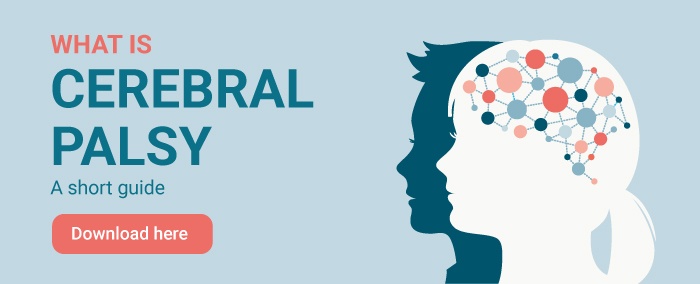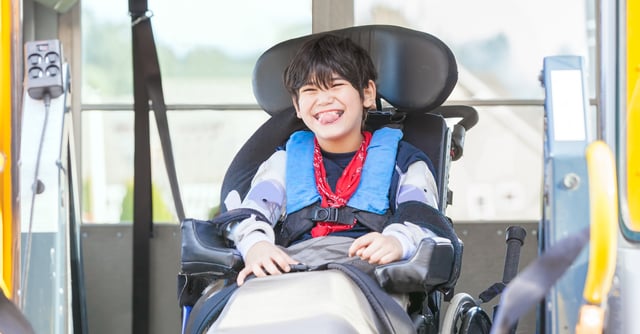
06-Oct-2022What is GMFCS, and why is it used?

Back to Blog Overview
Even though Gross Motor Functions Classification System (GMFCS) is a widespread classification tool, most people is unfamiliar with its use. Here’s a handy summary of the system with the different levels explained.

What does it entail?
GMFCS consists of five levels, used to differentiate children with cerebral palsy (CP) based on their ability of self-initiated movement, and their need for assistive technology and wheeled mobility.
The different age ranges are:
- Under 2 years old
- 2-4 years old
- 4-6 years old
- 12-18 years old.
READ ALSO: What is CP: A short guide
Who’s using it?
Physical therapists, occupational therapists and physicians use the GMFCS to define a child's movement ability. It’s also used to communicate with parents and setting the stage for collaborative goal setting. That being said, parents can also be involved in the classification of their child by using a questionnaire specifically developed for parents.
Parents have shown to be quite successful in classifying their child using this method, so involving them in this work can be quite useful for health service providers looking to get an accurate description of the child’s motor abilities.
READ ALSO: Physical Therapy for Adults with Cerebral Palsy
Why is it used?
GMFCS has proven to be an accurate method of not only classifying a child’s current motor function, but also to predict motor function for children with CP. The different levels in the system are relatively easy to distinguish, and so it has become useful in terms of intervention planning, where it can give an idea of what equipment or mobility aids a child may need in the future, e.g. crutches, walking frames or wheelchairs.
According to CanChild, GMFCS can be used in several different areas such as research (sample selection, sample description and stratification). It is also a useful tool to give students (and others working closely with children with CP) a good understanding of the variation in gross motor function within the same diagnosis.
GMFCS is also known to be easy to use, and classifying a child using GMFCS doesn’t take much time. For a trained person it takes around 10 minutes to define what level of motor function a child has. For professionals unfamiliar with the assessee and in need of an assessment session, classification might take around 15 to 20 minutes.
READ ALSO: Pediatric Evaluation of Disability Inventory Computer Adaptive Test (PEDI-CAT)
The different levels explained
Each age bracket has its own description level which can be found here. In this article we will be looking at Cerebral Palsy Alliance’s description, which covers the bracket for children between 6 and 12 years of age:
- GMFCS Level I: The child can walk at home, school, outdoors and in the community, and can climb stairs without the use of a railing.

- GMFCS Level II: The child can walk in most settings and climb stairs holding onto a railing.
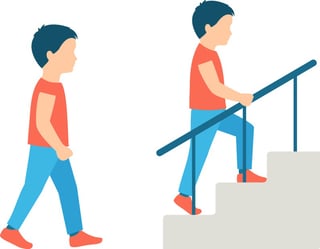
- GMFCS Level III: The child can walk using a hand-held mobility device in most indoor settings. He or she may climb stairs holding onto a railing with supervision or assistance.
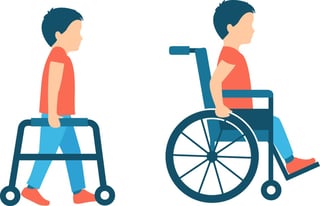
- GMFCS Level IV: The child uses methods of mobility that require physical assistance or powered mobility in most settings.
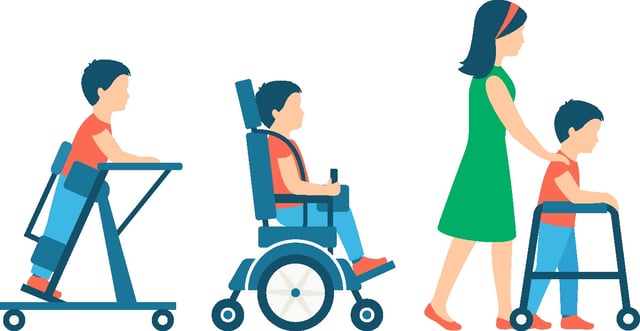
- GMFCS Level V: The child is transported in a manual wheelchair in all settings.

Note that it’s not likely that children over the age of 5 years will change classification level during their lifetime. If a child is classified at level III at the age of 6, it’s likely that they will stay at that mobility level throughout their lifetime.
If you need more information on GMFCS and how to use it, please visit CanChild’s webpages on the subject where you can find resources, Q&As and descriptions.

Rikke Damkjær Moen brings many years of experience as clinical physiotherapist to the Made for Movement team. Her mission is to ensure that everybody, regardless of mobility problems, should be able to experience the joy and health benefits of physical activity. As our Medical Manager, Rikke is passionate about sharing knowledge so that individuals with special needs, families, and clinicians can discover the possibilities and solutions provided by Made for Movement.


